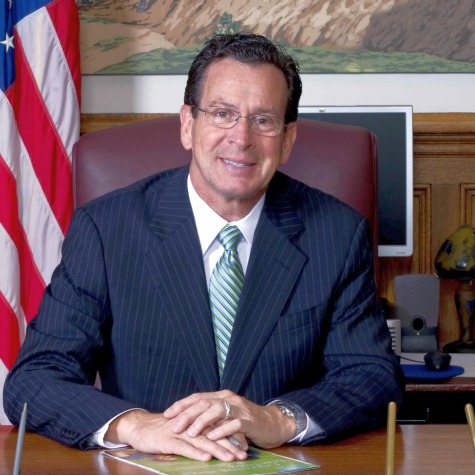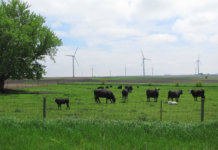 Connecticut Gov. Dannel Malloy has released a comprehensive energy strategy that aims to reduce costs for the state's residents and businesses. Among many other measures, Malloy's energy strategy includes plans for developing renewable energy projects, expanding the use of natural gas and reducing energy usage. However, wind power will play a limited role in the state's near-term energy plan.
Connecticut Gov. Dannel Malloy has released a comprehensive energy strategy that aims to reduce costs for the state's residents and businesses. Among many other measures, Malloy's energy strategy includes plans for developing renewable energy projects, expanding the use of natural gas and reducing energy usage. However, wind power will play a limited role in the state's near-term energy plan.
Connecticut will need to develop about another 3 GW of Class I resources (i.e., wind, solar and fuel cells) in order to meet its 20% by 2020 renewable portfolio standard (RPS), Malloy said. However, limited wind resources and concerns about siting inhibit the state's ability to harbor large amounts of wind power to fulfill that mandate.
Instead, Connecticut will focus primarily on offering incentives for solar PV project development, exploring opportunities for hydropower development and increasing the amount of energy procured from fuel cells. Importing wind energy from outside Connecticut may be an option, but that would require investment in potentially cost-prohibitive transmission infrastructure.
"In Connecticut, where we have limited in-state wind potential, and the New England region as a whole, high transmission costs are barriers to capturing the full potential of wind resources," the plan says, noting that further study will be needed to assess the costs and benefits of additional transmission and wind energy development.
"Since regional, non-Connecticut resources, such as onshore wind, may be the most cost-effective large-scale renewables, greater clarity about the costs and benefits of regional development and their associated transmission will help ensure that Connecticut is in a strong position to inform its involvement in any regional renewable solicitation," the document says.
Connecticut does not currently have any utility-scale wind farms online, and the few projects that have been proposed have been met with harsh opposition from local residents.
Connecticut was the first state in the nation to launch a so-called "green bank" to expand the financing mechanisms to promote private-sector investment in renewable energy – a program emulated by other states, such as New York.
The New England Clean Energy Council (NECEC) said it supports Malloy's plan, but the organization also suggested other measures to encourage renewable energy development in the state.
"NECEC strongly supports the recommendations to expand virtual net metering, strengthen [the Regional Greenhouse Gas Initiative], develop sub-metering protocols, and develop and deploy microgrids using clean energy," NECEC spokesperson Jennifer Donahue said in a statement. "Policymakers should also consider long-term contracts (e.g., 20 years) for renewable energy as a way to reduce costs for customers."



